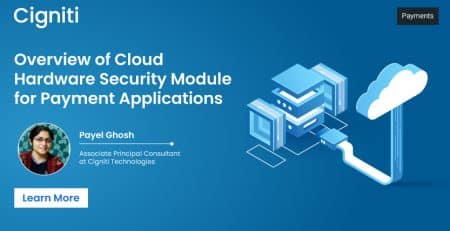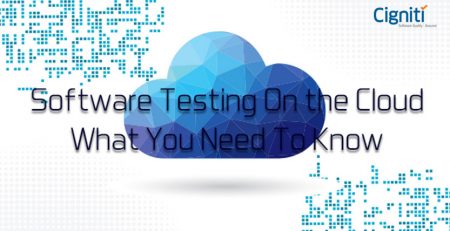SaaS Testing: Challenges and How to overcome them
SaaS or Software as a service is gaining a lot of momentum and wider adoption by organizations as they are realizing the real benefits by using SaaS over On-premise installed applications. In SaaS model, the organization need not pay for the software or hardware itself, it’s more of a rental scheme where they pay as they use. This is what makes SaaS attractive compared to the On-premise option.
It’s a tough decision for the organizations to choose SaaS, as there are lot of factors like complexity of system, application stack, and operational aspects which needs to be considered. Especially for the enterprises with legacy applications, it’s a very tough decision considering the investments they have made in their own datacenters. Few of the factors which comes into play while choosing SaaS applications are Security, Return on Investment, Platform suitability, Compliances and Integration.
These factors coupled with other challenges necessitates the need of SaaS testing.
So what is SaaS Testing?
SaaS Testing refers to the set of testing methodology and processes used to ensure that applications built using the software as a service model of development, functions as designed. SaaS applications entail thorough testing for their integrity, different from that of on-premise applications. This involves testing of data security and privacy, business logic, data integration, performance, interface compatibility, Optimization of testing, and scalability, among others.
SaaS testing also have shorter testing cycles because of the architectural model of software delivered as a service, as compared to traditional software delivery. SaaS testing methodology thus does not require test cases for client or server installations, multi-platform back-end support, multiple version support or backwards compatibility usually. But there are many other different test cases which comes into play for SaaS Testing because SaaS applications function in a cloud computing environment that incorporates SOA (service oriented architecture) and Web Services into the fold.
Also agile methods are typically part of SaaS testing because of the speed of delivery. The use of test automation tools for building regression suites in this agile model helps organizations bring in business value and quickly validate the impact of upgrades also.
So let’s have a look at what needs to be tested for SaaS Applications?
- Performance Testing: Performance is the most critical factor for the SaaS applications. Each module of the application needs to be performance-tested along with the workflow. It’s also up to testers to determine the throughput expected in the workflow. Also by stressing the system with load tests, the team can determine the application’s ability to handle unsteady loads and find the maximum supported levels. SaaS testing, with a focus on ensuring performance, is imperative to a SaaS provider’s success.
- Availability Testing: Making sure that the application is available at all times for the users is very important for successful testing. The SaaS application should not go through any downtimes.
- Security Testing: This is major concern and sometimes also a deal breaker if you are opting for SaaS option for applications. It is vital that proper security testing is carried out and any threats to the data, privacy does not exist.
- Interoperability Testing: Every SaaS application must be able to function seamlessly in all different environments and platforms so that users from all backgrounds can use them.
- Stress and Load Testing: SaaS application needs to be tested for various amount of stress and load beyond its usual operational capacity in order to evaluate how it responds to and gives results.
- Integration and migration tests: There are many API’s to which your SaaS application might be integrated with. The data migration and integration should be checked and tested while ensuring the data privacy and security.
- Business workflow tests: Business workflows and other competent functionalities needs to work as planned. Knowing the different configurable and non-configurable components of the application makes it easy to test and get the best out of the application.
Though SaaS testing comes with its unique set of challenges, the right skillset and planning can help mitigate risks associated with it. Cigniti’s SaaS testing methodology ensures that right strategy, automation & best practices are followed throughout for your application on cloud.





Leave a Reply